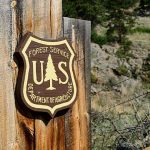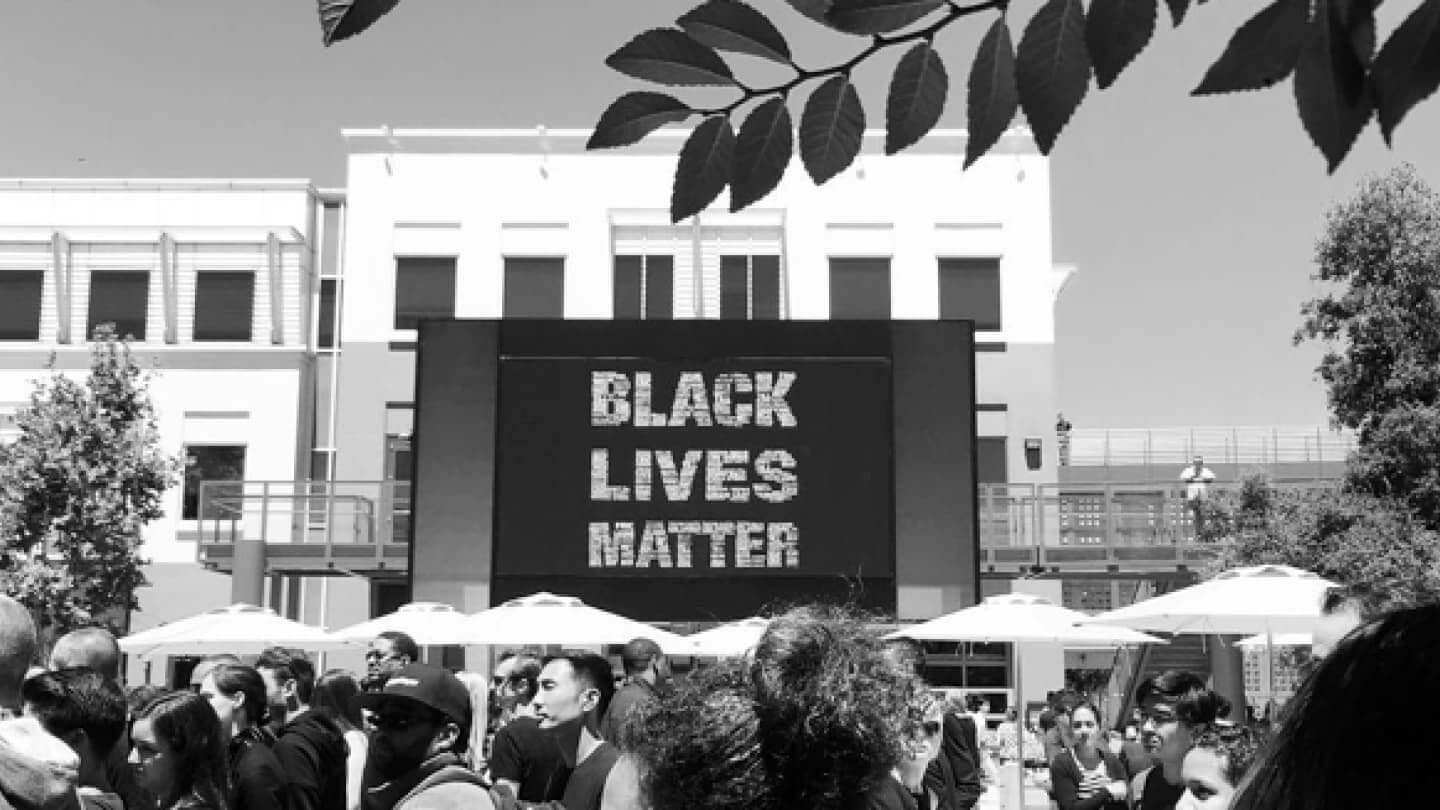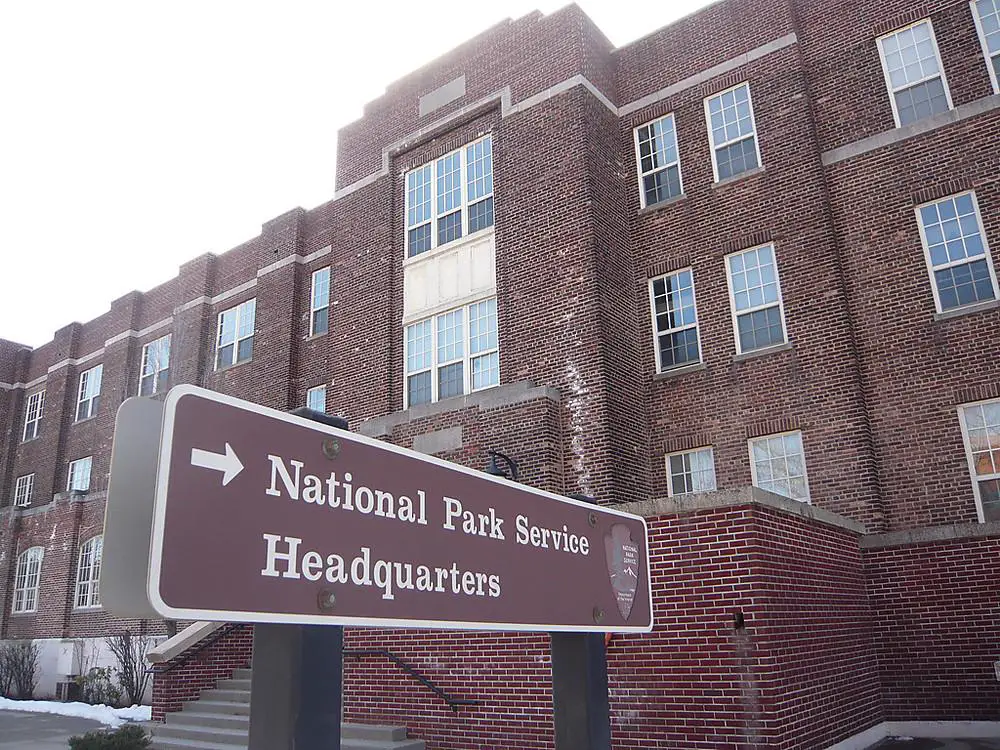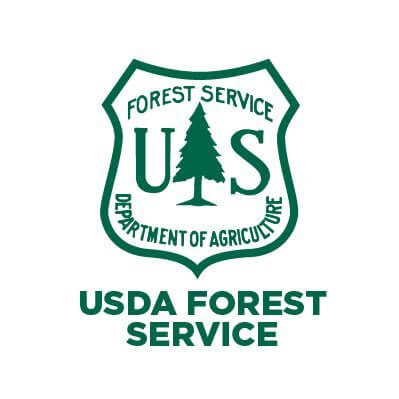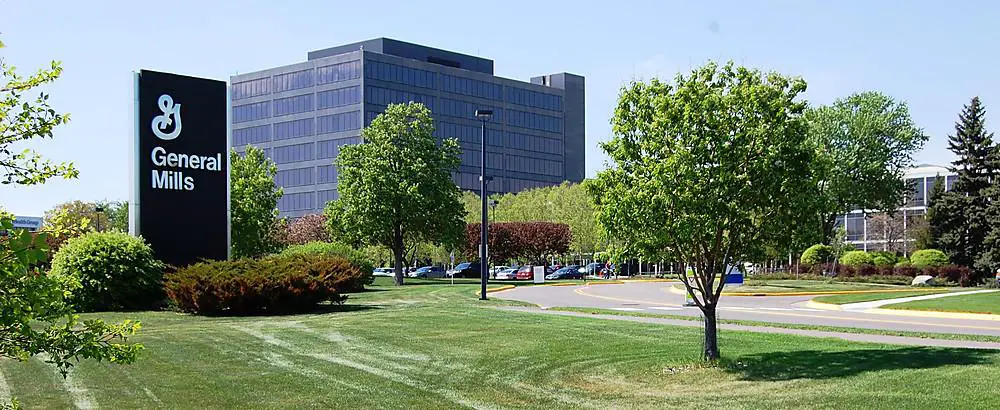Bureau of Land Management (BLM) Mission and Vision Statement Analysis
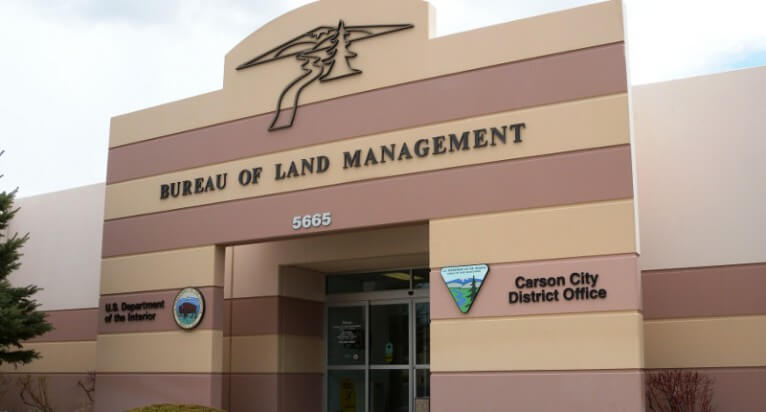
See Also: Black Lives Matter Mission Statement
BLM’s mission statement is “to sustain the health, diversity, and productivity of the public lands for the use and enjoyment of present and future generations.” The statement highlights the impact it leaves on the lives of all Americans through its daily activities. It has the following components:
- Improving health
- Improving communities
In the first component, BLM shows that its mandate of caring for public lands has a direct impact on the overall health of American society. For instance, by preventing encroachment of riparian lands and public parks, it ensures people not only get clean water but also have conducive environments for exercising to improve their health. The second component is also significantly influenced by similar efforts, together with the presence of natural places for interactions. The organization also acknowledges that communities are as good as their environment explaining its commitment to the protection of public lands.
Introduction
Bureau of Land Management (BLM) is an organization whose mission and vision statements reflect its progressive growth and influence on American society. For over 70 years, this establishment has demonstrated that it is committed to creating an America where everyone enjoys and interacts with nature through the protection of public lands.
A corporate vision statement describes the future business position that a company longs to achieve, while a corporate mission statement comprises the steps that the management would use to realize this prospect. In the case of BLM, its vision statement is about making a difference in service, while its mission statement points at the specific impacts it seeks to have on the lives of the Americans. The progressiveness of BLM is also directly influenced by its core values that show its devotion to its primary mandates. In fact, BLM has managed to maintain steady growth due to the constructive interaction of its core values with the mission and vision statements.
Vision Statement
BLM’s vision statement is “to enhance the quality of life for all citizens through the balanced stewardship of America’s public lands and resources.” The vision statement by BLM is all about the impact the organization wants to be known for in the protection of American lands. The statement relates to the following two points:
- Enhance life
- Balanced stewardship
BLM understands the strong bond between the environment and the quality of life. To enhance this, the organization commits its resources to maintain the wholesomeness of the American lands as they are a critical component of the life of Americans. It does this through legislation and other regulations. Other than this, it also actively participates in the reclamation and rejuvenation of destroyed habitats making it a steward or protector of nature.
Core Values
BLM’s core values comprise “to serve with honesty, integrity, accountability, respect, courage, and commitment to make a difference.” The organization incorporates these principles in all its activities to ensure everyone remains stanch to the primary goal.
With is core values, BLM has come to be known as a ‘no-nonsense’ entity in America because of the ruthlessness, relentlessness, and dedication with which all its employees display while doing their work. In fact, this has set this organization apart from the other bodies conducting related duties in the nation.
References
Alegre, I., Berbegal-Mirabent, J., Guerrero, A., & Mas-Machuca, M. (2018). The real mission of the mission statement: A systematic review of the literature. Journal of Management & Organization, 24(4), 456-473.
Blake, J. M., Miltenberger, K., Stewart, A. M., Ritchie, A., Montoya, J., Durr, C., … & Charles, E. (2018). Assessment of water resources and the potential effects from oil and gas development in the Bureau of Land Management Tri-County planning area, Sierra, Doña Ana, and Otero Counties, New Mexico (No. 2017-5151). US Geological Survey.
Culhane, P. J. (2013). Public lands politics: Interest group influence on the Forest Service and the Bureau of Land Management. RFF Press.
Koontz, T. M., & Bodine, J. (2008). Implementing ecosystem management in public agencies: lessons from the US Bureau of Land Management and the Forest Service. Conservation Biology, 22(1), 60-69.
Leuthesser, L., & Kohli, C. (2015). Mission statements and corporate identity. In Proceedings of the 1996 Academy of Marketing Science (AMS) annual conference (pp. 145-148). Springer, Cham.
Malay, J., & Fairholm, M. (2019). Agency Legitimacy: A Reputational Power Analysis of the Bureau of Land Management. Administration & Society, 0095399719843660.
Ross, J. V. (2016). FLPMA Turns Forty: Providing Bureau of Land Management with Long-Term Vision. Rangelands, 38(5), 301-306.
Taiwo, A. A., Lawal, F. A., & Agwu, E. (2016). Vision and Mission in Organization: Myth or Heuristic Device?. The International Journal of Business & Management, 4(3).
Turner, M. G., Arthaud, G. J., Engstrom, R. T., Hejl, S. J., Liu, J., Loeb, S., & McKelvey, K. (1995). Usefulness of spatially explicit population models in land management. Ecological Applications, 5(1), 12-16.
